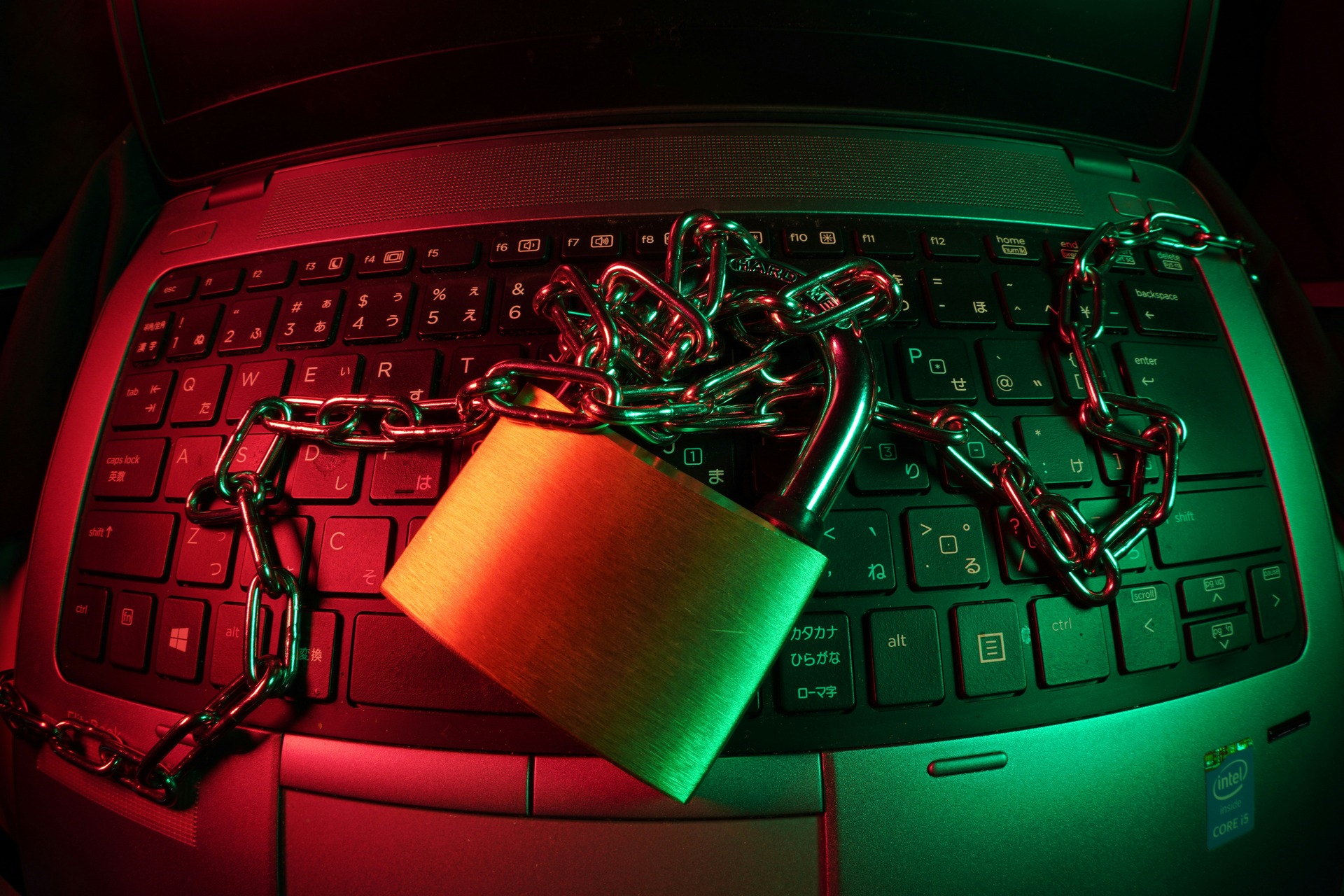Hundreds of thousands of computers in 150 countries were recently infected with a Ransomware virus called WannaCry. This virus made services like the National Health Service (NHS) in England and Scotland inaccessible unless they paid Bitcoin ransom.
More than a week later, companies across the globe are still recovering from this NHS cyber attack. It’s being called the biggest of its kind in history.
While everyone is bolstering their defenses against potential copycat attacks, questions still abound about the NHS cyber attack. What can we learn from the recent NHS cyber attack and how can we protect ourselves in the future?
Out of Date Software
Anyone who’s used a computer in the last 29 years is familiar with the various incarnations of the Windows operating system. Windows XP was a perennial favorite from its release in 2001 until Microsoft officially discontinued support for the OS in 2014. It was also the longest running version of the operating system.
Unfortunately, in spite of Microsoft ending their support of Windows XP, many industries still utilize computers that run this OS. These XP machines, in places like National Health Service, became vulnerable over time. They just weren’t getting the new security updates that were keeping Windows 7, 8.1 and 10 safe.
This flaw is one of the things that enabled WannaCry to infect so many computers during this attack. Operating system licenses aren’t cheap, and IT budgets are often the first to be cut when money needs to be saved. By cutting IT budgets, computers aren’t updated and are left vulnerable.
What Can We Do?
What can we do to prevent attack like this from happening again or, at the very least, safeguard our computer systems to make them harder to breach?
- Non-networked backups. This is the only way to recover your information without paying the ransom, but if you have your backups on the same network chances are they’ll fall under the same Ransomware encryption. Keep your backups off the network. If you use cloud backups, don’t allow your backups to upload automatically. Human control might add an extra step to the process, but it ensures your backups will remain uncorrupted.
- Updated software. It’s essential to keep your software up to date. This includes security patches that might be released by your operating system. If you can update your system to the newest operating system, do so.
- Disconnect from the network. If you’ve got computers that run on older operating systems, disconnect them from your internal network. They can still serve their purpose without becoming the weak link in the security chain.
Finally, it’s essential to be prepared. Hackers, by their nature, are clever creatures and will find a way into even the most encrypted system. Have a plan in place to outline exactly how your company will handle the situation. Will you pay the ransom, format your computers and rely on the backups or execute a totally different plan?
Moving Forward
For now, it’s up to the NHS and other affected companies to pick up the pieces and come up with new and innovative ways to protect themselves from cyber attacks in the future. It will likely become more difficult to ensure constant security as the years go by, due to the number of interconnected devices being purchased every single day.
The last enormous DDoS attack was powered largely by unsecured internet of things devices, smart appliances that had not been reset from their default password.
With as much time and energy as we spend creating these networks, it makes sense that we should spend the money and effort to protect them.
Recent Stories
Follow Us On
Get the latest tech stories and news in seconds!
Sign up for our newsletter below to receive updates about technology trends




